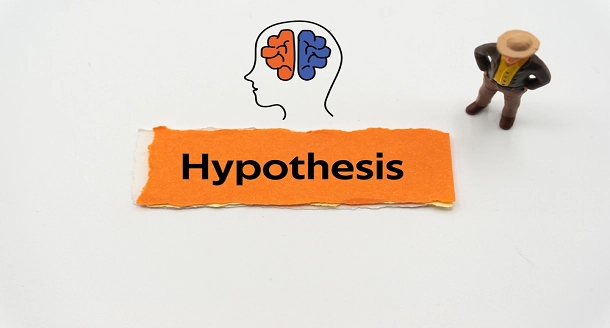
To begin writing a hypothesis, it is best to write it in the form of a statement. This helps you identify the variables and guesses you will be testing. The statement should include the dependent and independent variables. Then, you can write a null hypothesis, which excludes one of the variables.
Plausibility, defined concepts, observability, and general explanation
Plausibility is the degree to which an assertion has a reasonable chance of being true or false. For example, a normal model derived from a sample is plausible, and a normal probability plot is a plausible estimate of the population’s distribution. Other examples include various statistics. For example, a point estimate of a data set’s probability is plausible, but it is not an exact measure.
A theory, on the other hand, is a general explanation that is backed by numerous tests. It explains why many observations of a particular phenomenon are consistent. A theory can be either a prediction or a general principle that is applicable to many different specific instances.
Statistical analysis to evaluate a representative sample of the population
A representative sample is a sample of a population that has similar characteristics to the population in question. These characteristics are usually grouped according to age, sex, education, marital status, or any other demographic factor that is relevant to the population. The representativeness of a sample is often determined by several factors, such as the size of the sample, the type of study, and the data that are available.
The purpose of a representative sample is to provide an accurate impression of the population. Ideally, the proportions of age, gender, and region must be comparable with the proportions of the entire population. Similarly, sample sizes should match the population in both demographic and non-demographic measures. Finally, the researcher should have an age quota to ensure that the sample is representative of the population.
Using a representative sample is more accurate than using a random one because the population it represents is much larger. In addition, it is more cost-effective than collecting data from every member of a population. Additionally, statistical analysis and appropriate sampling techniques can help you apply the results to the entire population.
Creating a research hypothesis “if, then, this” statement
When creating a research hypothesis it’s best to write it as a statement instead of a question, using the “if, then, this” format. This helps researchers clearly identify the variables and guesses they need to test. In addition, the hypothesis should include both dependent and independent variables.
Hypothesis writing is not a simple process. You must be familiar with the variables and five different situations before you can write a hypothesis. You should also be familiar with If/Then Phrasing, which uses conditional sentences to discuss the results of research studies.
To create a good “if, then, this” statement, you must first identify the problem you are trying to address. For example, do you need to know if the mean of dogs in Toronto is greater than the mean of cats in the same city? Or do you want to know whether overtime is paid at a time and a half rate? These facts provide the basis for a research question.
Creating a null hypothesis in research
When you are conducting a research study, one of the first steps is creating a null hypothesis for your research topic. How to write a research hypothesis and null hypothesis. A null hypothesis, also known as an alternate hypothesis, is a neutral statement stating that there is no relationship between the variables or the treatment being tested. The null hypothesis states that the population’s mean is equal to seven. In order to test this hypothesis, you should record the marks of 30 students chosen from the entire population. Afterwards, you can calculate the mean of this sample.
The null hypothesis is given to clarify that the researchers are trying to prove a false assumption. The alternative hypothesis, on the other hand, uses logic and statistical analysis to evaluate the effect of an independent variable on a dependent variable. The null hypothesis is not the final statement, but it is a guideline for the study.
advantage of a null hypothesis
When testing the null hypothesis, the researchers need to be aware of the potential pitfalls and advantages of testing it. The main advantage of a null hypothesis is that it is easy to test using statistical methods. In addition, a null hypothesis can provide a high level of confidence. It is also a good way to find out whether the results you have obtained are simply due to the manipulation of a dependent variable.
Author Bio
Ellie Cross is a research-based content writer, who works for Cognizantt, a globally recognised wordpress development agency uk and Research Prospect, a Tjenester til at skrive afhandlinger og essays. Ellie Cross holds a PhD degree in mass communication. He loves to express his views on a range of issues including education, technology, and more.
